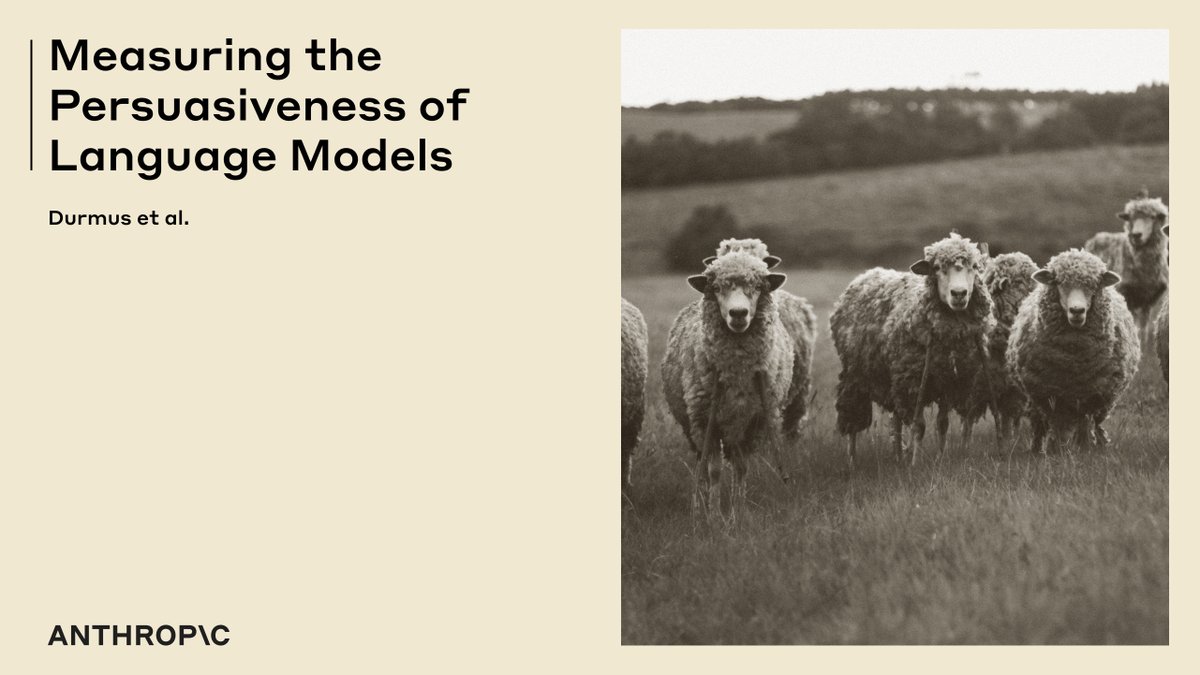
Giang Nguyen
@giangnguyen2412
PhD Fellow @AuburnEngineers, Prev. @kaistcsdept
Making AIs understandable & friendly to humans via XAI 🤖🤝👨💻
ID:1125655606084243456
https://giangnguyen2412.github.io/ 07-05-2019 06:56:24
403 Tweets
186 Followers
359 Following


🚨 New pre-print alert! 🚨
Excited to share “The Who in Explainable AI: How AI Background Shapes Perceptions of AI Explanations”
w/ the amazing team: Samir Passi,Vera Liao,Larry Chan,Ethan Lee,Michael Muller (he/him) @[email protected],Mark Riedl
🔗arxiv.org/abs/2107.13509
💡Findings at a glance...
1/n
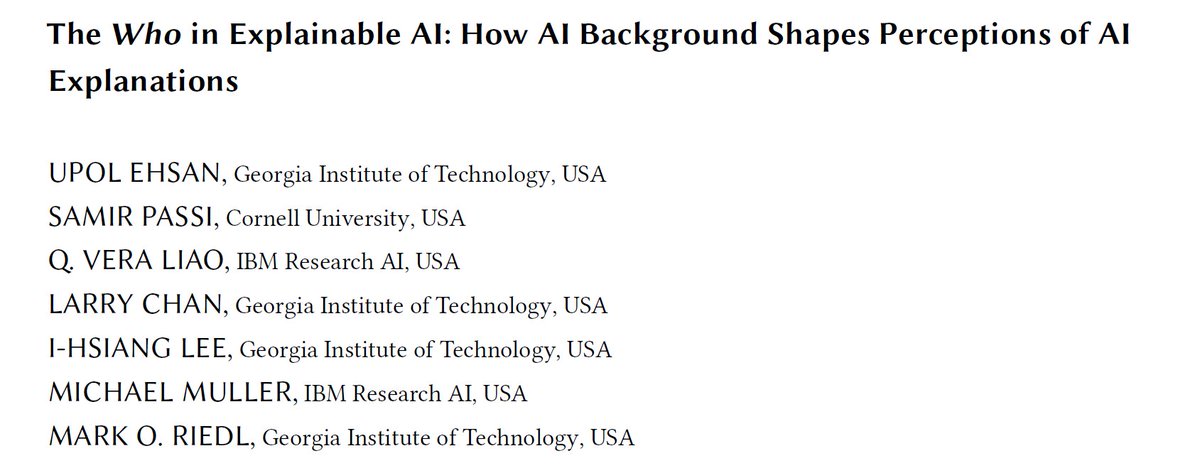












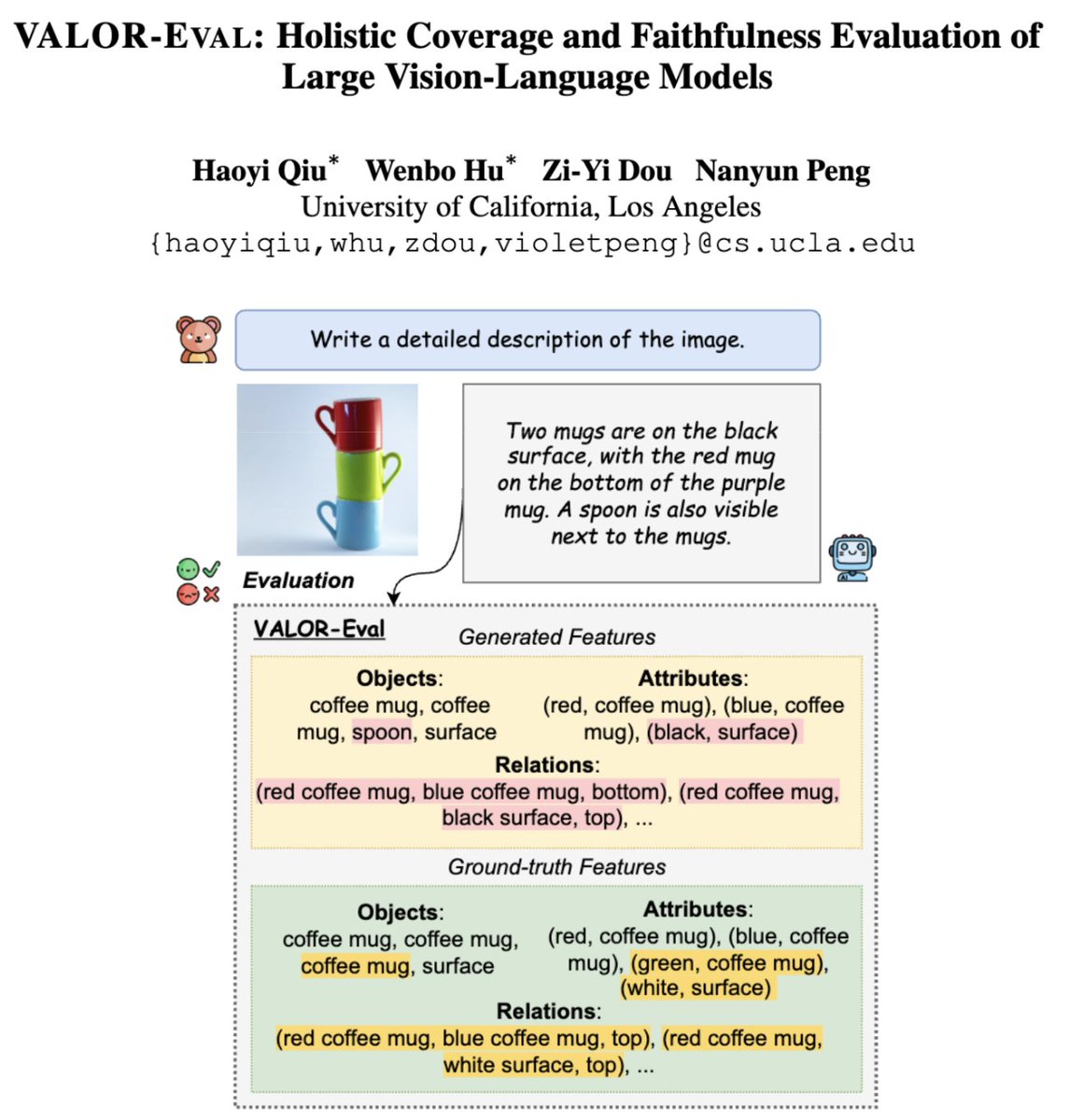
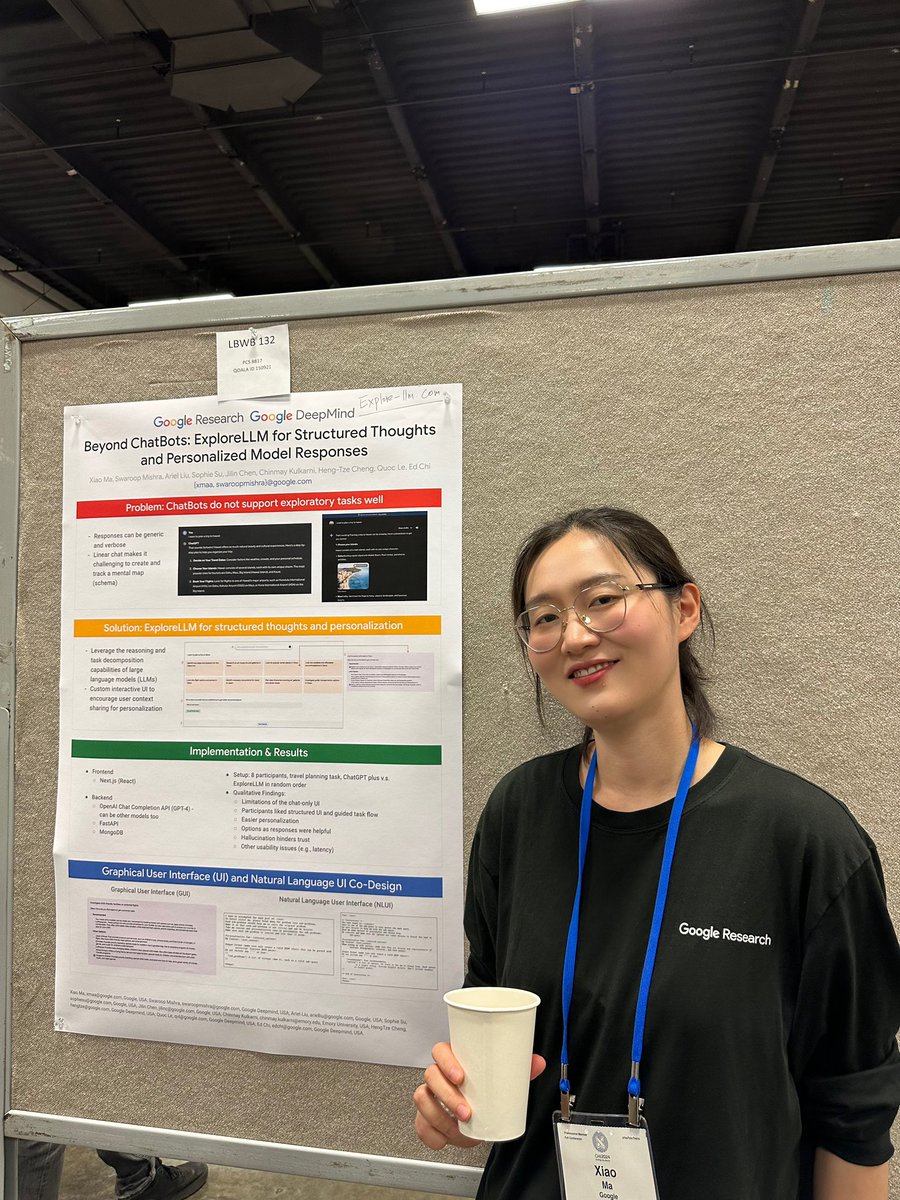
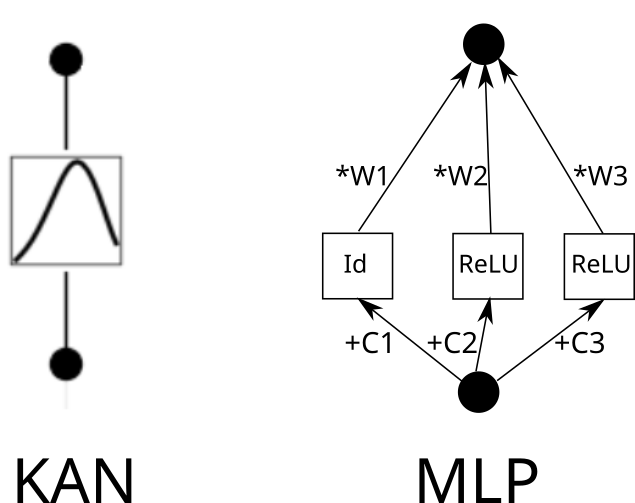
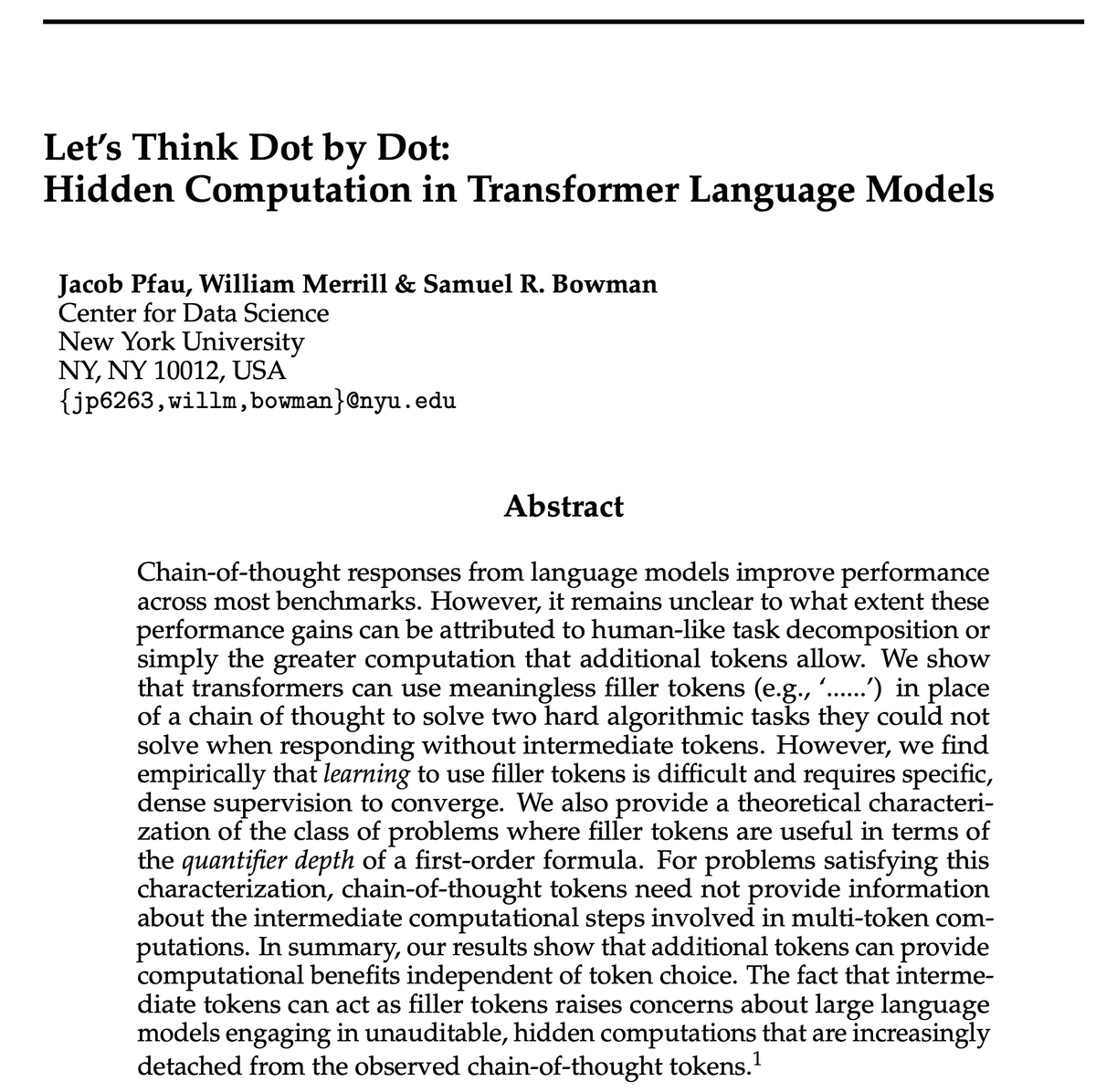

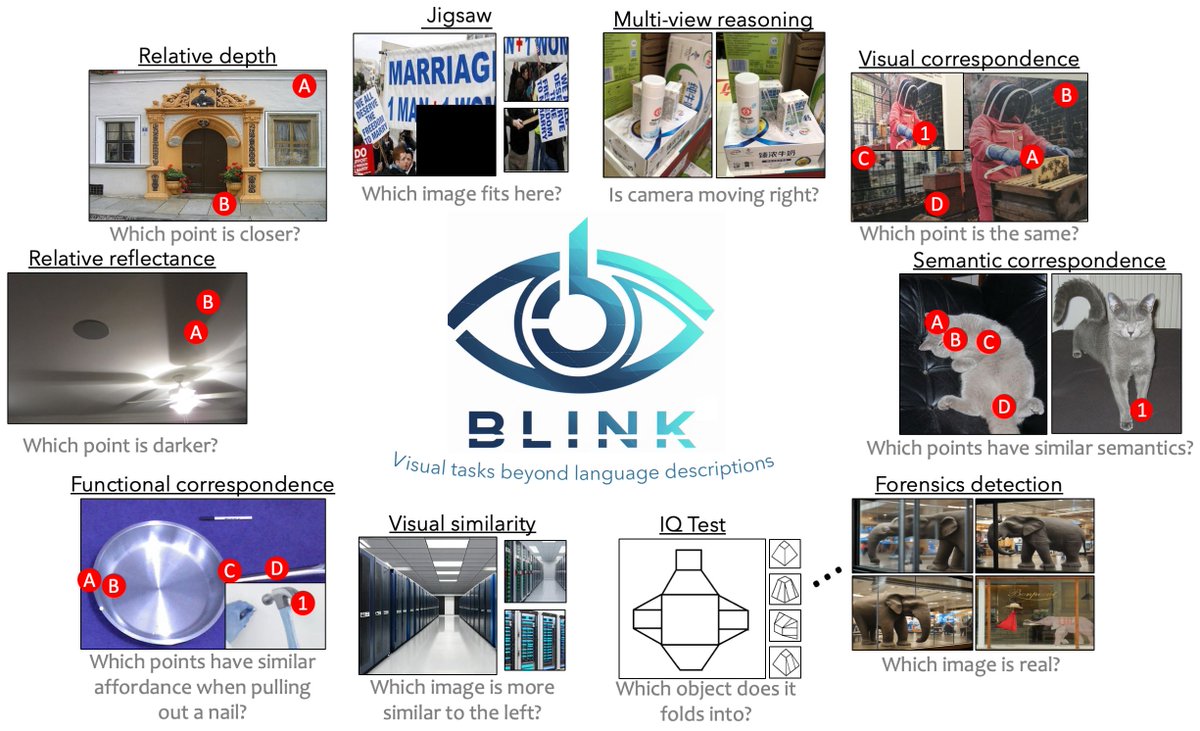

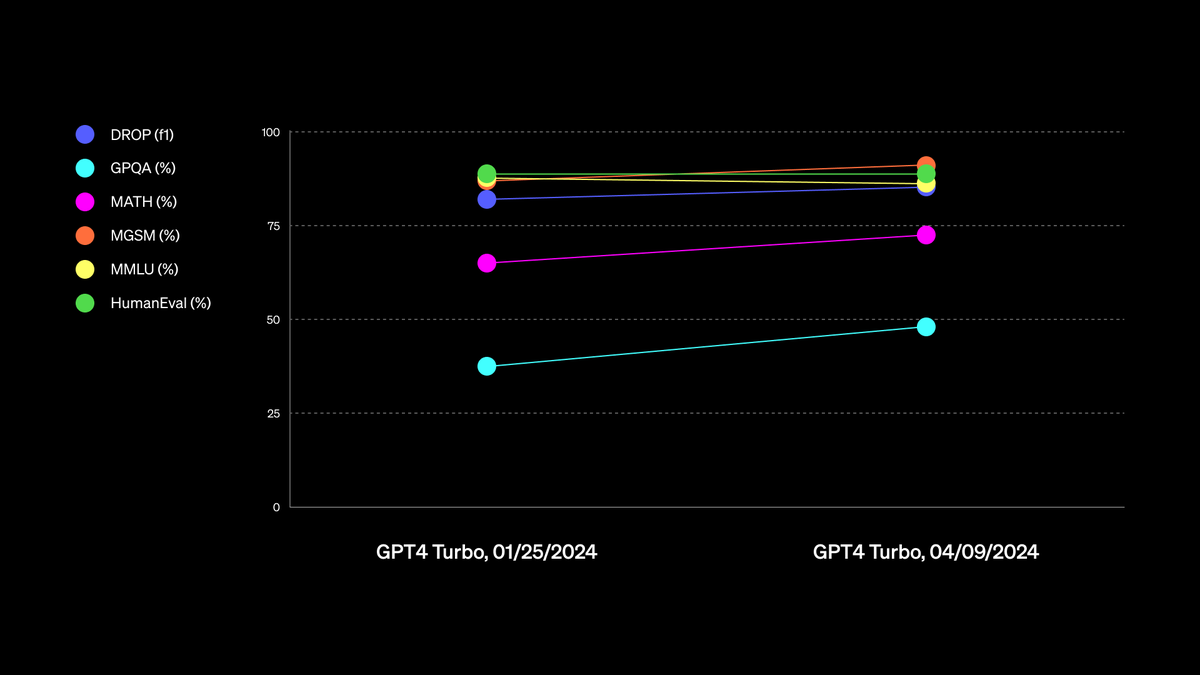
![Miltos Kofinas (@MiltosKofinas) on Twitter photo 2024-03-21 18:35:27 🔍How can we design neural networks that take neural network parameters as input? 🧪Our #ICLR2024 oral on 'Graph Neural Networks for Learning Equivariant Representations of Neural Networks' answers this question! 📜: arxiv.org/abs/2403.12143 💻: github.com/mkofinas/neura… 🧵 [1/9] 🔍How can we design neural networks that take neural network parameters as input? 🧪Our #ICLR2024 oral on 'Graph Neural Networks for Learning Equivariant Representations of Neural Networks' answers this question! 📜: arxiv.org/abs/2403.12143 💻: github.com/mkofinas/neura… 🧵 [1/9]](https://pbs.twimg.com/media/GJNvua1WsAAAtKd.jpg)
